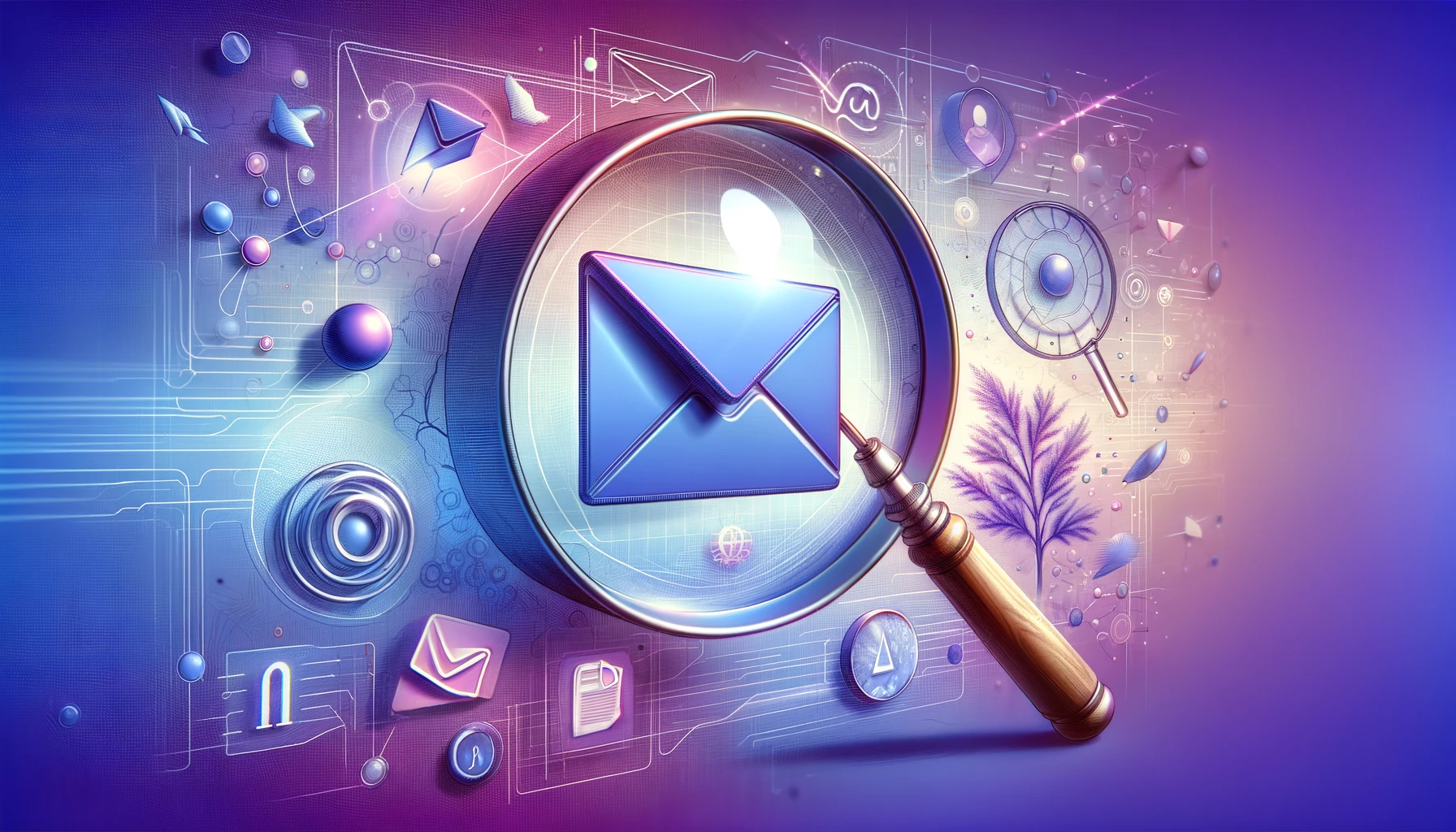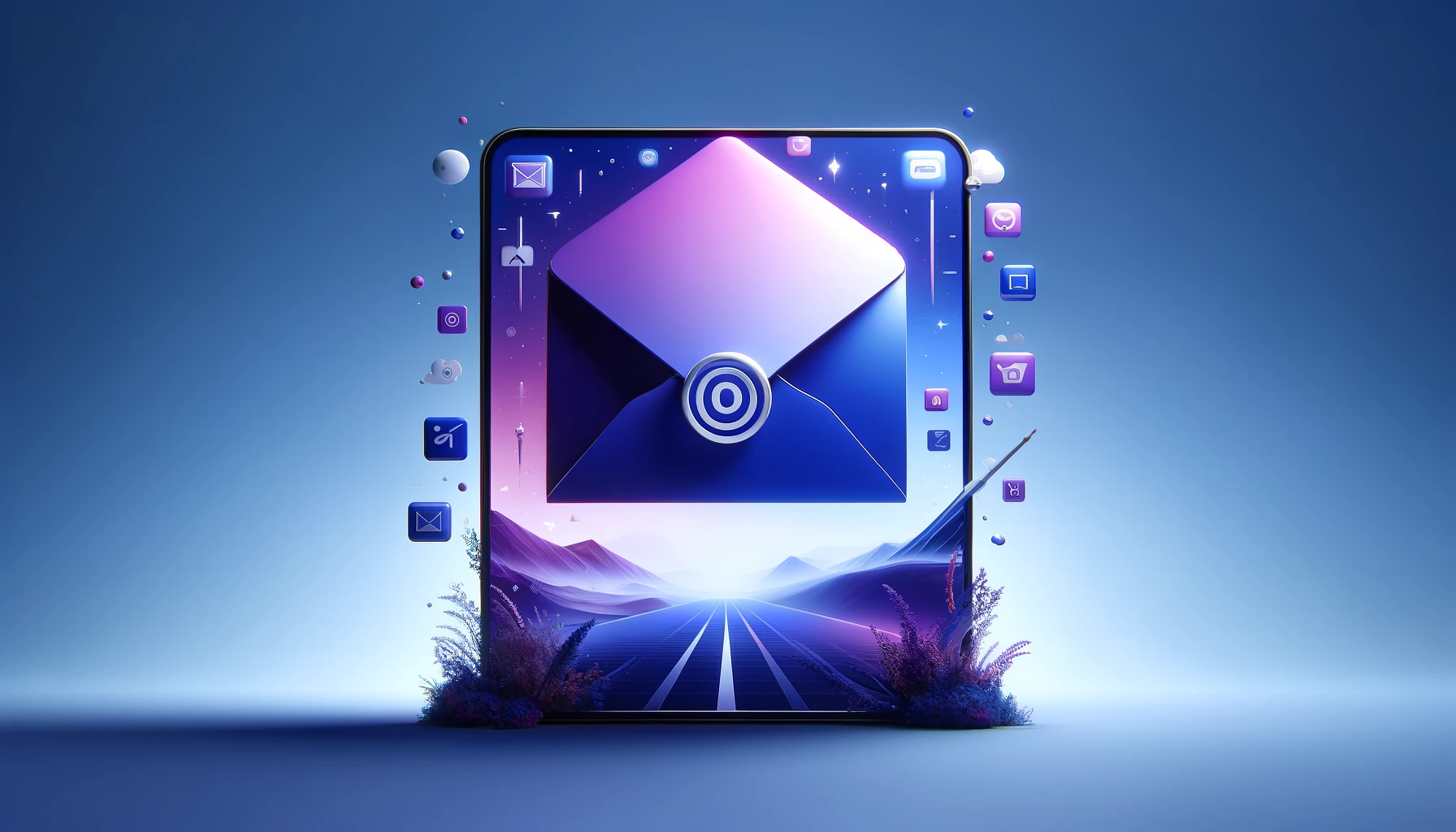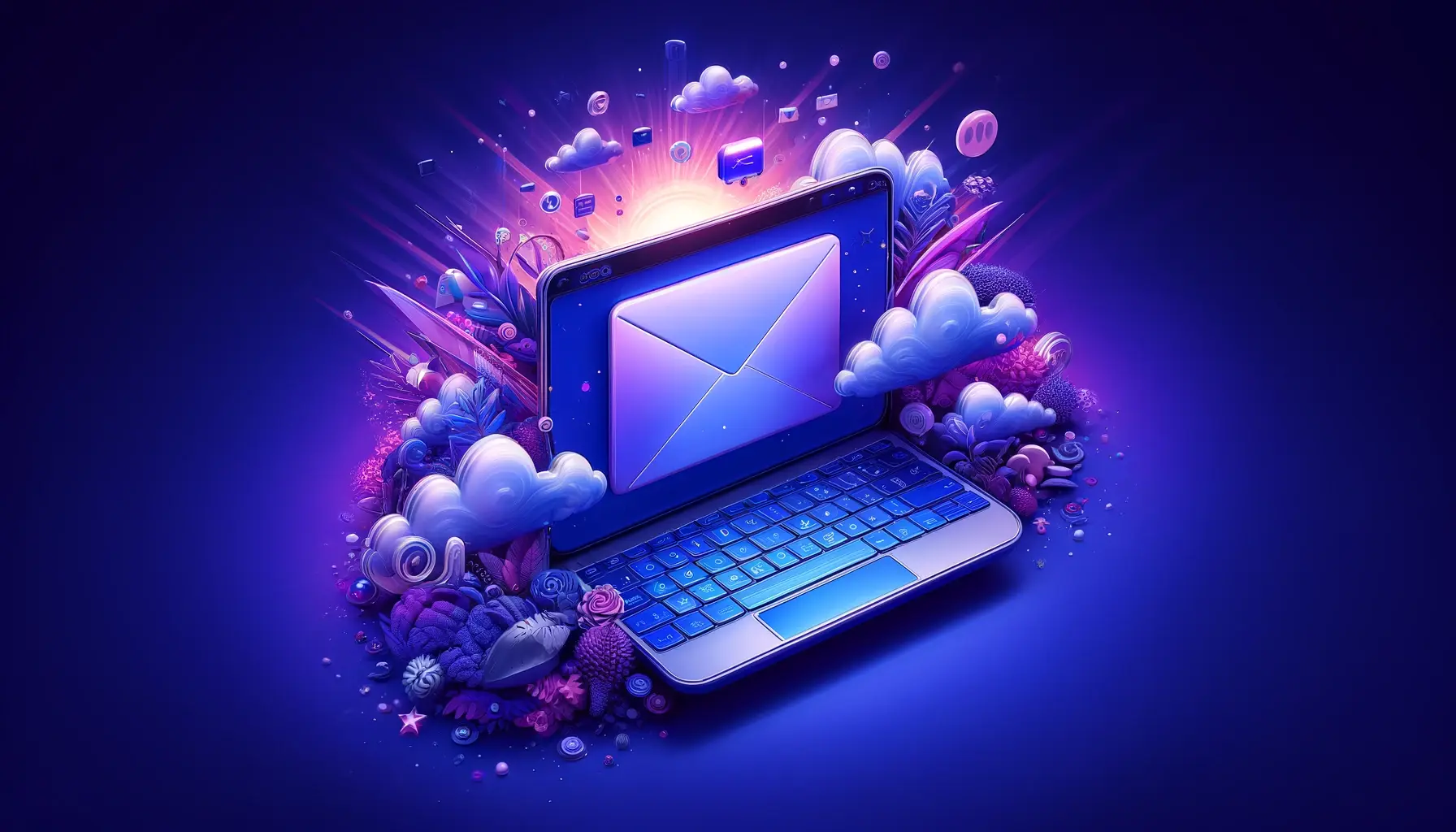7 Expert Insights About Email Outreach (January 2024)

There’s no need to reinvent the wheel for email outreach. These 7 best practices will help your emails cut through noisy inboxes
In digital sales and marketing, email outreach remains a critical tool for forging meaningful connections. But as our inboxes are flooded with an endless stream of emails, the harder it is to make our emails cut through the noise and stand out from the rest.
If your outreach fails, your bottom line is going to suffer. On the bright side, there’s no need to reinvent the wheel. Leveraging expert guidance opens up an opportunity for you to transform your outreach from routine correspondence to a powerful tool for building connections.
Here are 7 best practices from sales experts who have already learned the hard way, overcome challenges, and obtained sales success.
Focus on the problem, not the product

According to Salman Mohiuddin, a former account executive at both Salesforce and Asana, it’s tempting to focus on what makes your product exceptional.
Maybe your product won an award. Maybe it uses cutting-edge tech like artificial intelligence. Maybe it’s even used by Microsoft or Apple.
All of that’s cool, but it’s not what potential customers need.
What customers need is a solution to their problem.
Let’s use AiSDR as an example.
| Bad (Product-Centric) | Good (Problem-Centric) |
| AiSDR is an AI SDR powered by generative artificial intelligence. AiSDR’s core features include Lead Discovery, an email bounce checker, LinkedIn personalization, and email generator. AiSDR is a fast-moving start-up backed by Y Combinator. | Overworked sales teams can delegate time-consuming, high-volume email outreach responsibilities like prospecting, emailing, and follow-ups to AiSDR at 10% of the cost of a full-time SDR. Not only are emails sent 97.5% faster, but they’re 100% unique with 3x more personalization. |
Most potential customers will probably start to tune out midway through reading the first example. In contrast, not only does the second example still promote your product, but it does so by addressing how your product solves the customer’s potential pain points.
Such an approach should fix broken outreach and yield better results.
Pressuring potential customers may kill a deal, not seal a deal
As Josh Braun, who runs Braun Training, an online training program for SDRs, shares, few people like being pressured into making a decision.
Sometimes it’s necessary to force a decision, such as which university to attend (Harvard or Dartmouth), which soda to drink (Coca-Cola or Pepsi), or which Netflix series to binge (One Piece or Witcher).
The trick is knowing when it’s okay to apply pressure versus sending a gentle nudge or simply being available. Not only can too much pressure come off as “needy” or “desperate”, it’s more likely to cause a potential sale to fall through.
One solution, especially if your leads are extremely cold, is to foster a dialogue where you ask questions and you get them to ask questions. This allows you to figure out where they are in their customer journey while them qualify you as a seller.
Another possible option is to not drop a link in your first-touch email, or if you do, you might pair the link with a question or invitation instead of a call-to-action.
And if you ever think you’re starting to sound pushy, just take a step back and let your foot up off of the gas pedal a bit.
Besides, who knows? By being respectful and focusing on the relationship first, you might unlock a big sales opportunity down the road.
Don’t be afraid to ask questions
Ashleigh Early, a sales consultant and CEO of The Other Sales Coach, believes that sales specialists should never underestimate the power of a good question, even if calls-to-action get the most attention.
Questions are an excellent way to start and keep a conversation going, especially if you’re focused on inbound sales and marketing. Questions also show that you’re interested in learning more about them and their challenges.
Now you have to ask yourself (pun not intended): What’s better than a good question? A follow-up question!
Why? Follow-up questions show that you were listening to what they were saying.
Calls-to-action certainly have their time and place to shine. But if your outreach is struggling, what if you tried approaching potential customers with a question instead of a hard sell?
Use personalization when it’s relevant to your pitch
Chances are that you’ve heard time and again about the value of personalization.
In Braun’s opinion, personalization is not always good, especially when it’s done simply for the sake of personalization.
Yes, personalization does improve your chances of converting prospects into paying customers. Personalization is also helpful for starting conversations and building relationships.
However, to work properly, personalization needs purpose and relevance.
For example, if you were to send an email about selling laptops, you wouldn’t want to mention:
- How you share the same coffee preferences
- How you also went to see Top Gun: Maverick at the movie theater
- How you liked the gnomes in the person’s front yard (AND failing to mention that you had seen the photo on LinkedIn)
At best, irrelevant personalization is simply off-topic and valueless. At worst, as shown by the third bullet, it will sound creepy.
Any personalization you add needs to have value and relevance. For instance, you might highlight specific values that you have in common (which just so happen to be supported and enabled by your product or services).
If you’re not sure whether your personalization works, try asking yourself if it addresses these questions:
- What caught your attention?
- Why did it catch your attention?
- How can you (or your product/services) help them grow further?
So long as your personalization sufficiently answers these questions, it won’t be seen as irrelevant and lacking value.
Try to complete the Holy Trinity of cold emails
Yurii Veremchuk, the former Head of Business Growth for outbound sales at Woodpecker.co, shares that while there’s no 100% right way or 100% wrong way of writing cold emails, there are definite do’s and don’ts.
The idea of the Holy Trinity of cold emails (Timing + Relevancy + Personalization) is that outreach should achieve all three aspects. Incorporating just one or two into your emails decreases the odds that your messaging will convert prospects into customers.
Even if an email is well-timed and personalized, a prospect won’t even consider it if it’s irrelevant. Here’s an example:
Dear John,
As the CTO of [Company], we’re sure you’re focused on developing your biotech solution and setting up [Company]’s tech stack.
That’s where AiSDR can help your start-up out! As an AI-powered SDR, all you need to do is tell us about your company and we’ll power your email outreach. You’ll no longer have to worry about emails anymore.
Personalization? Check (includes the name, position, company, and industry, as well as a possible pain point).
Well-timed? Check (AiSDR can help start-ups grow their pipeline at a low cost).
Relevant? Probably not. In most cases, CTOs aren’t concerned with a company’s outreach. That falls within the realm of a CSO, CMO, or founder (if the start-up is relying on founder-led sales).
For this email to satisfy the Holy Trinity, it should have been addressed to someone who’s responsible for sales outreach instead of product development.
So while there is no ironclad rule of cold outreach, the Holy Trinity is a useful standard to aim for.
Measure outreach in terms of decisions, not time
Kyle Asay, a regional vice president at MongoDB, shared this rule of thumb:
The longer a sales cycle, the more likely the deal will fall through.
Making a sales cycle shorter and faster is easier said than done. There’s always the question of “How?”
While many of us tend to measure cycles in terms of time, few tend to think about the unseen decisions that prospects have to make. Instead of simply producing content for the sake of having content, consider evaluating your messaging through the lens of hard questions.
For instance, ask yourself questions like “Is this email subject line interesting enough to open?” or “Is this value compelling and resonant enough to start a conversation?” If the answer’s no for you, then the answer’s probably going to be no for the prospect.
Don’t get us wrong – Knowing how long cycles take is always useful, especially if you want to measure the impact of any changes to your process. And we should still give prospects time, but only the amount necessary (and not too little that we seem pushy and desperate).
Adopt a buyer-centric perspective. Don’t allow buyers to have too much time. Think about deals as decisions: Is this cold call compelling to get a call booked? Or is this value prop resonant enough to get a meeting booked?
Tell stories, not studies
Case studies are a valuable sales and marketing tool for social proof.
But instead of distributing that social proof in the form of raw facts and numbers that people need to work through, Asay believes that case studies are more effective when shaped and shared as a compelling story.
That’s because people love stories. Look no further than the billions in revenue generated by story-producing industries like Hollywood.
Consider these two examples:
| Example A | Example B |
| AiSDR saved Company X over $4,000 per month in sales outreach costs. As a result, Company X saved 90% of what they used to spend on sales outreach. | Company Y wanted to send more personalized emails to improve their chance of reaching 2024 sales targets, but the sales team wasn’t able to get their headcount budget approved. AiSDR did this at a fraction of the cost, allowing Company Y to send 3x more personalized emails while saving 90% of time. |
While example A shares the raw facts and figures, example B frames the case study as a “problem → solution → impact.” In most cases, prospective customers will find example B more compelling and reason enough to book a call.
Put your email outreach on auto-pilot with AiSDR
As you incorporate these insights into your outreach, keep in mind that at the end of the day, successful emails are about much more than just sending messages or sharing news. In today’s age, emails are the first step in building connections and nurturing fruitful relationships.
At AiSDR, we understand this, and we make it our mission to guarantee that emails are engaging, resonating, and hyper-personalized.
That’s why your sales outreach is in good hands with AiSDR. We regularly update our AI to make sure it follows the latest sales best practices and maximizes its ability to convert leads into customers.
Book a demo to find out how AiSDR will handle your outreach.











